Web Design Pricing in the Philippines: What You'll Actually Pay




I've been working in Philippine web design for over 15 years, and I've watched prices and quality change a lot. If you're thinking about hiring a Filipino web designer, knowing the real costs will help you make smart choices and avoid getting burned.
Yes, the Philippines costs way less than Western countries - usually 60-75% cheaper. But here's the thing most articles skip: prices jump around wildly depending on where the designer is, how good they are, and what you actually get for your money.
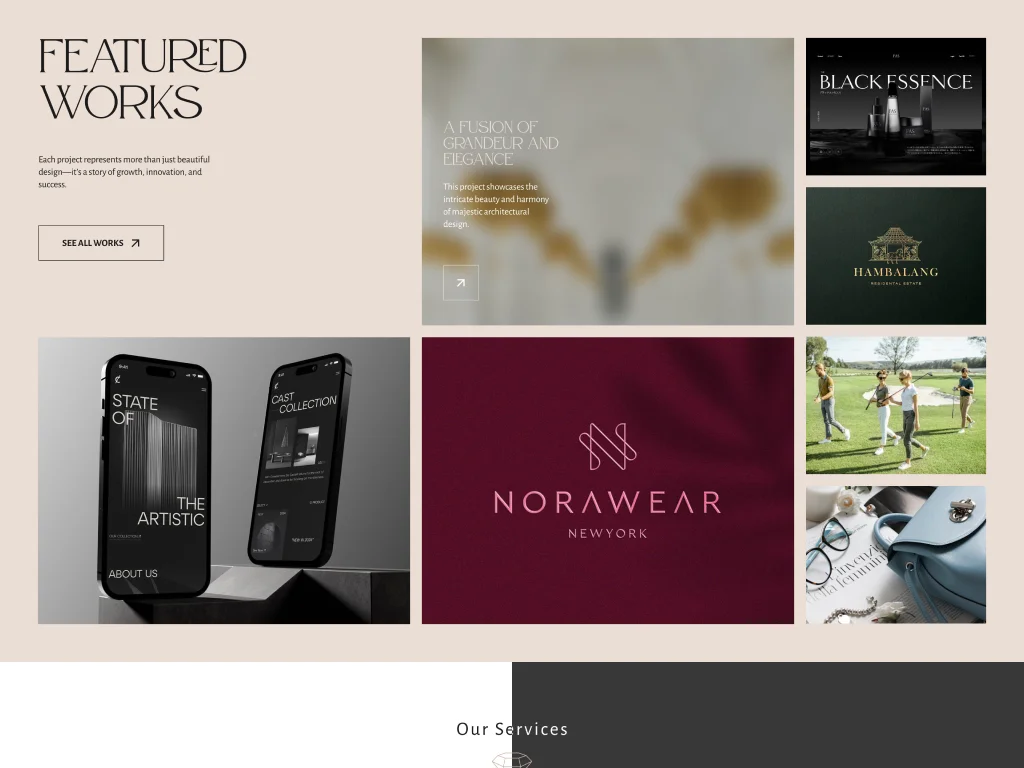
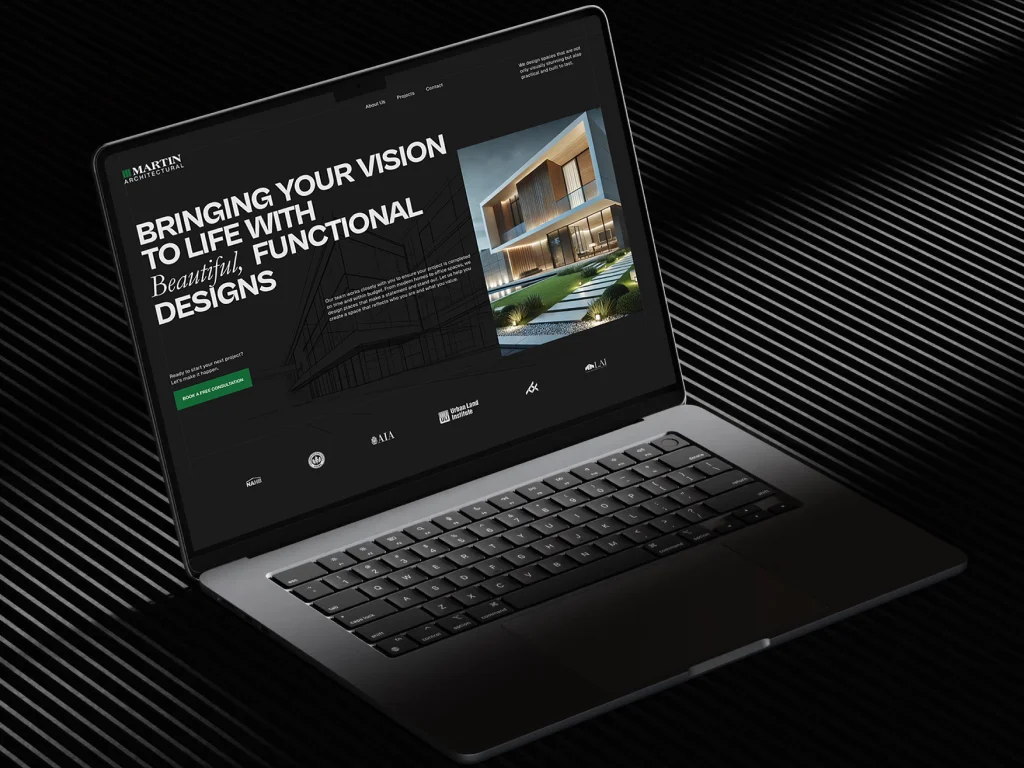

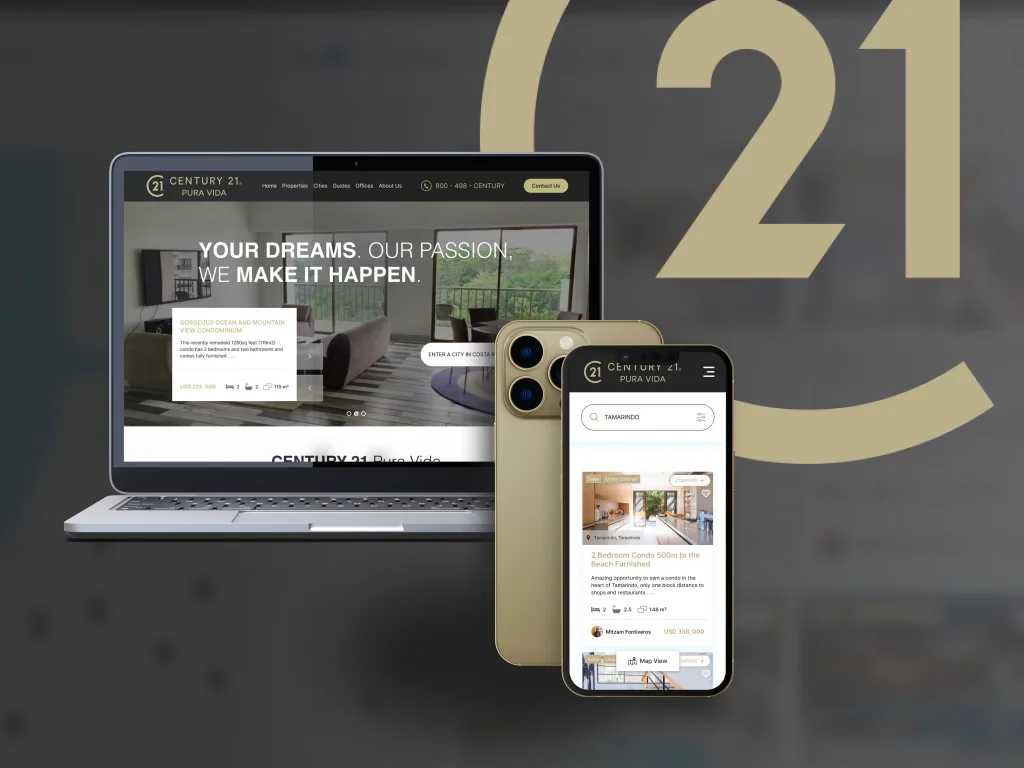
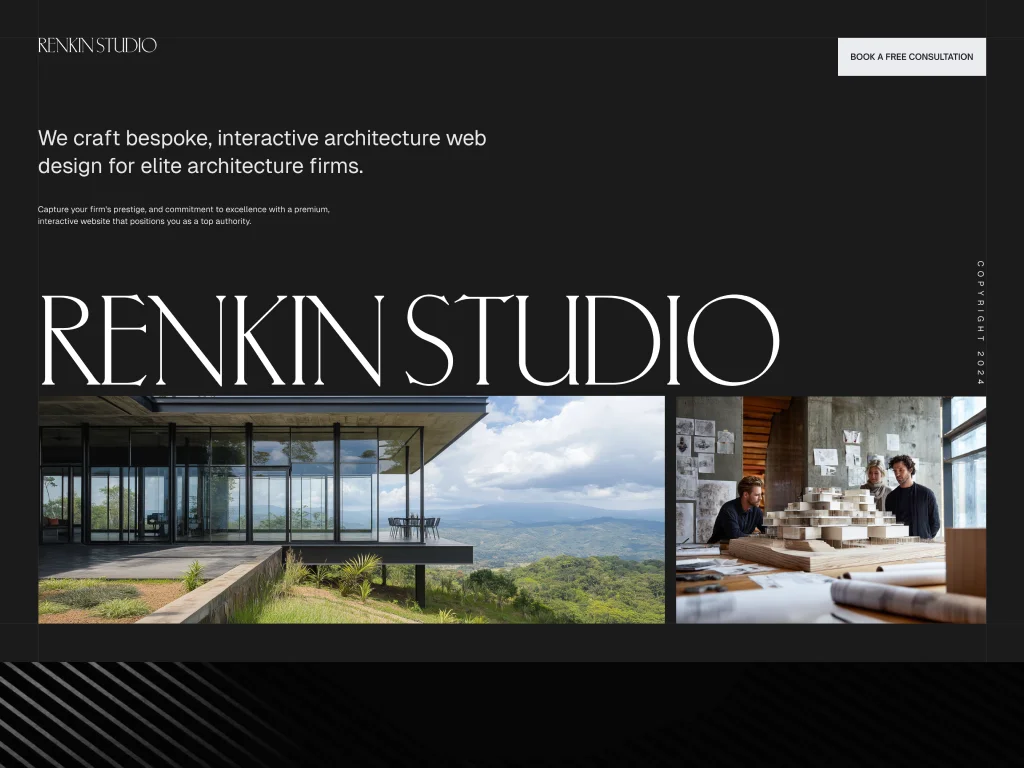
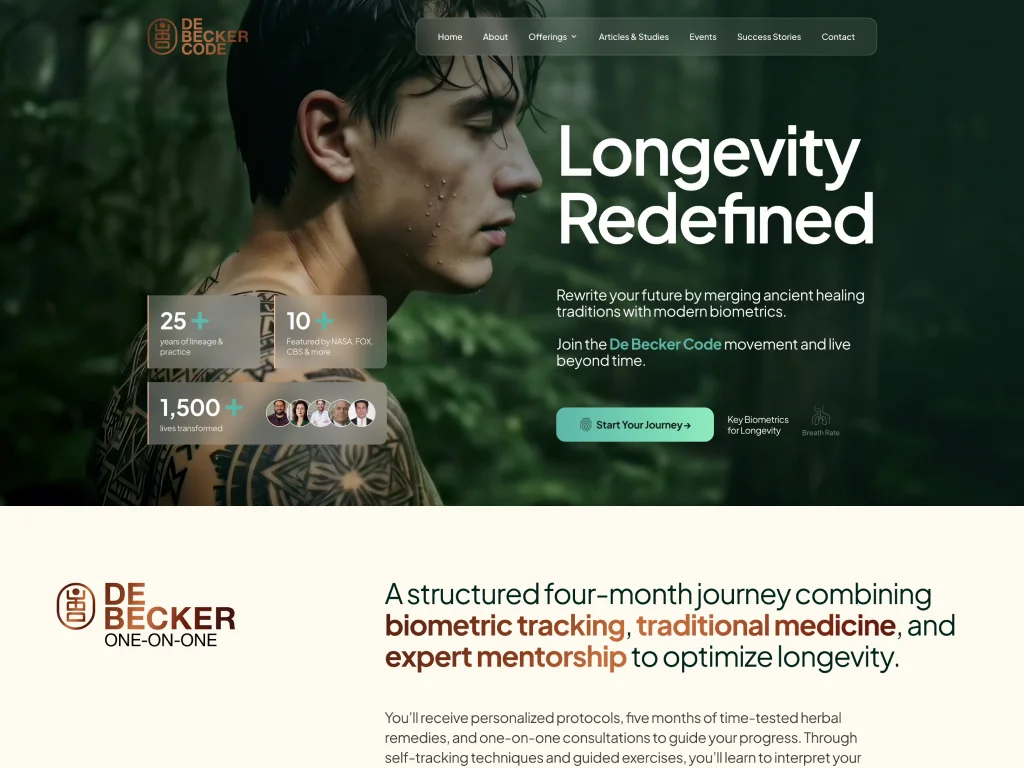
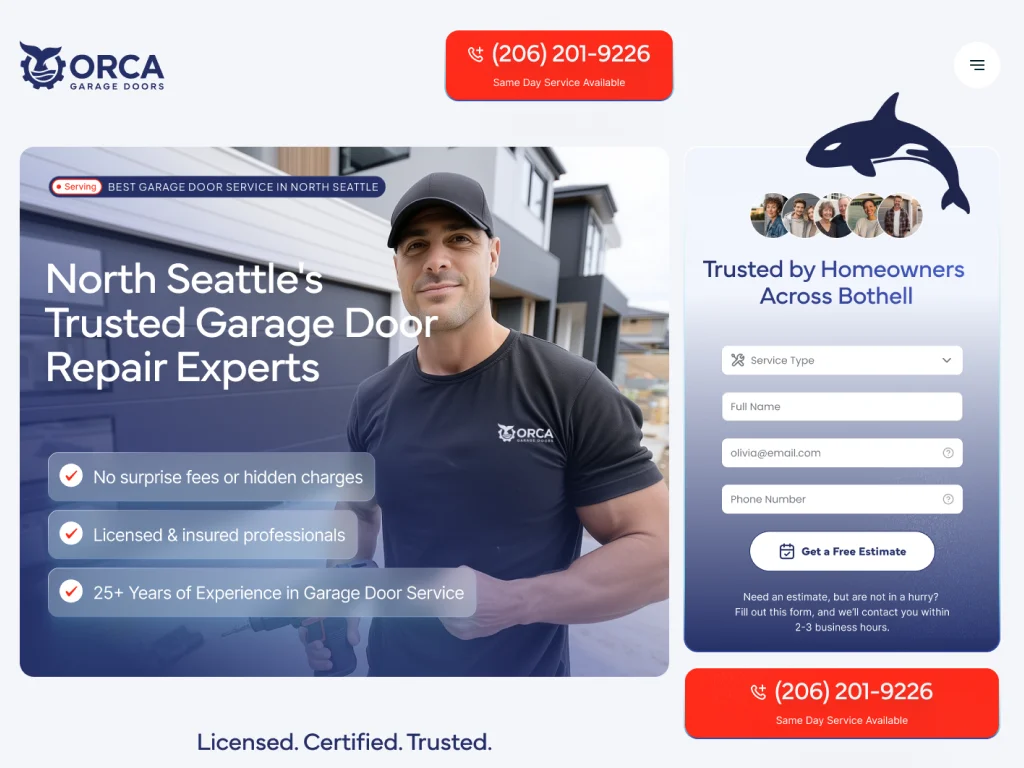

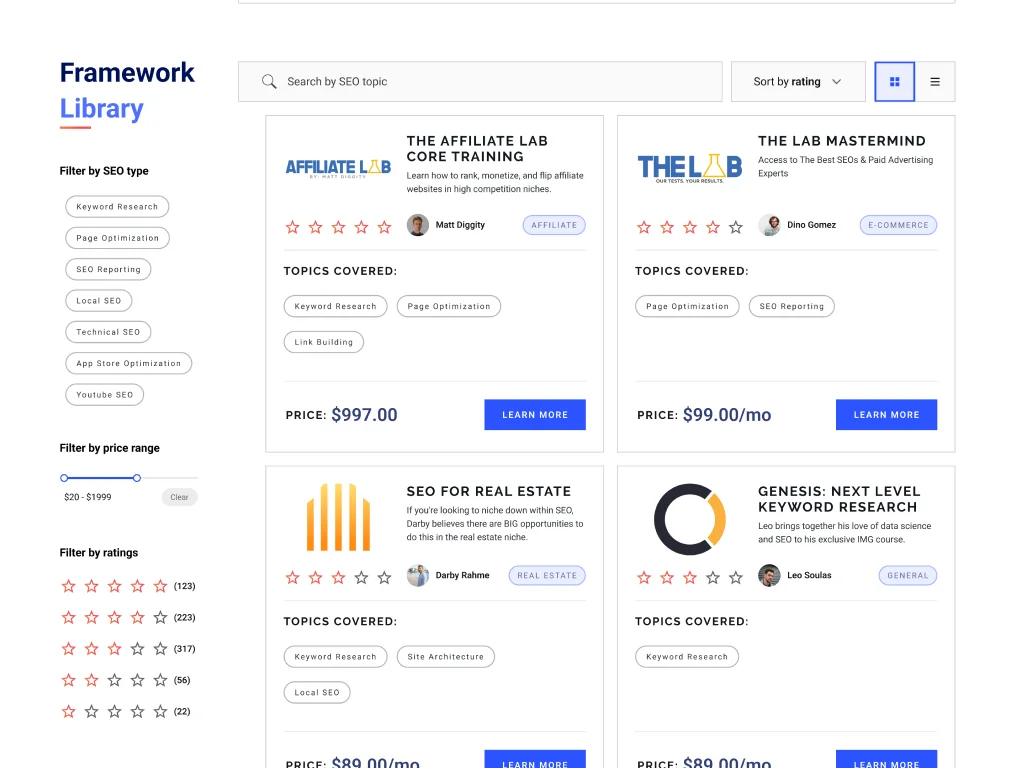
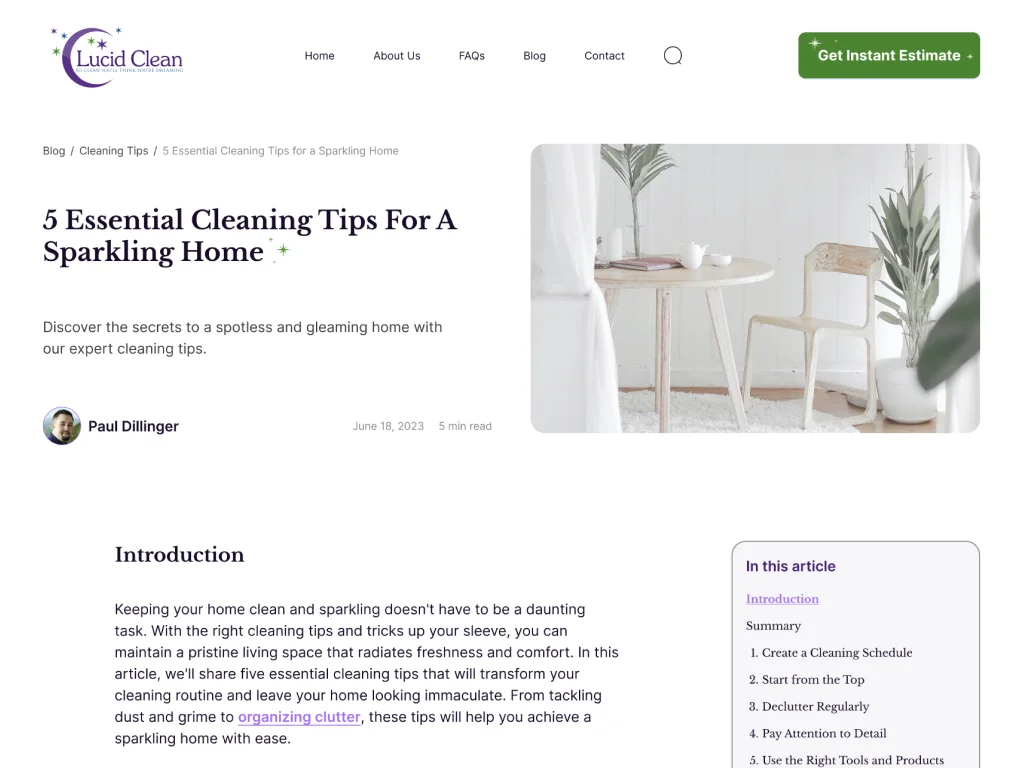


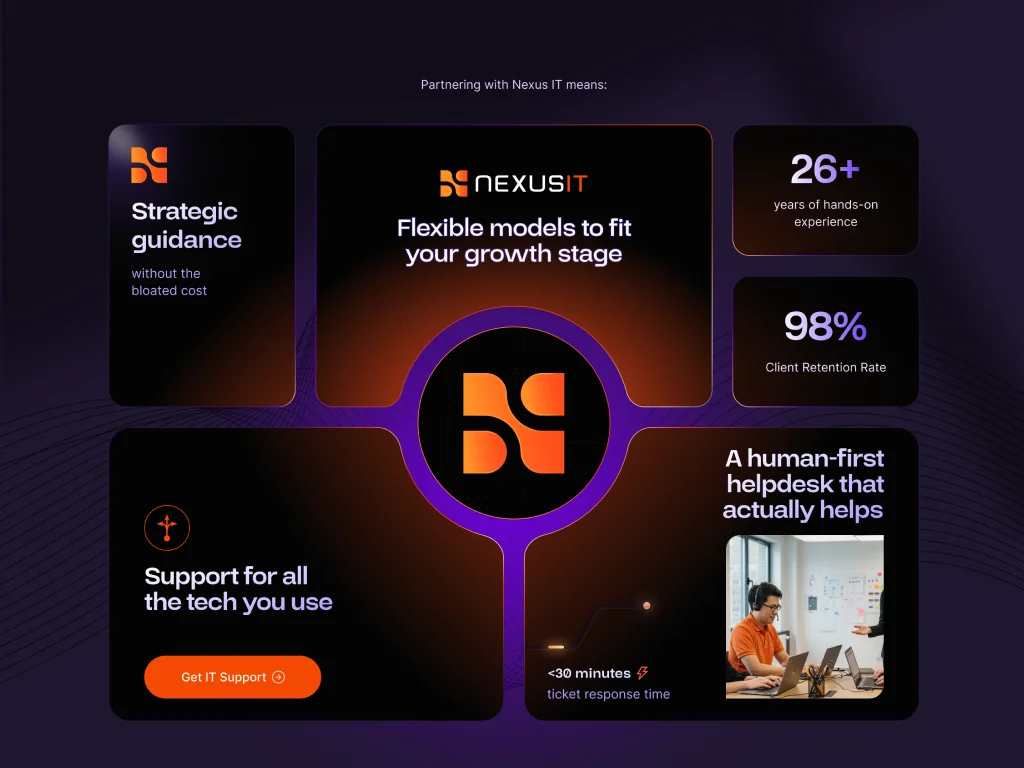
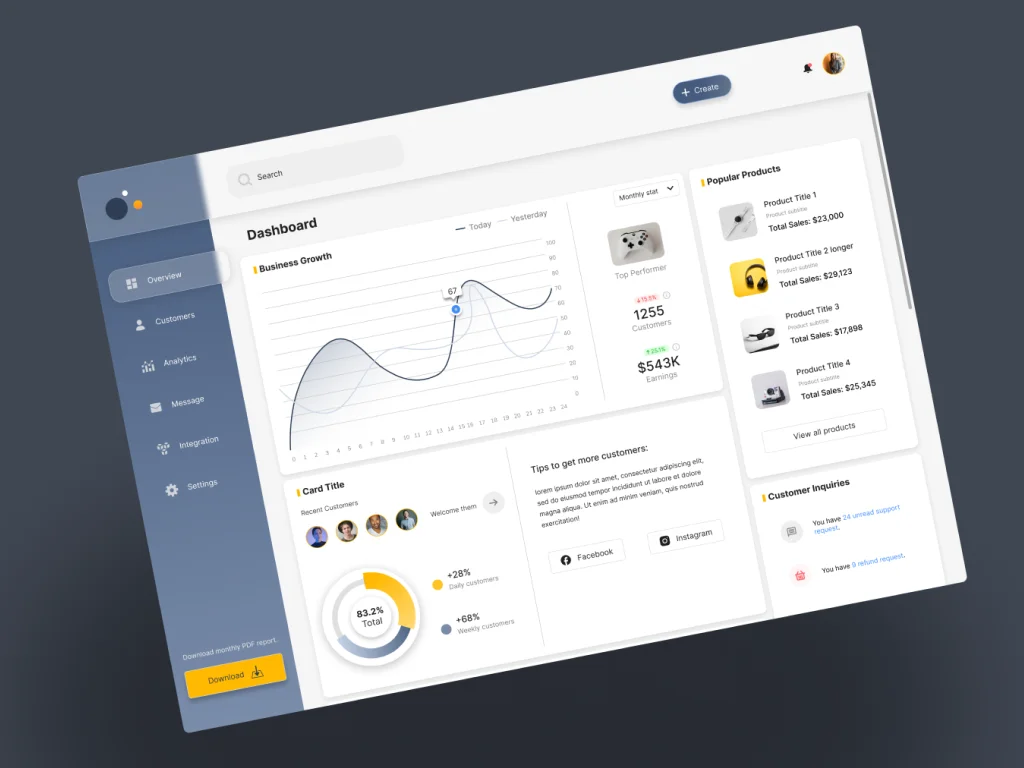
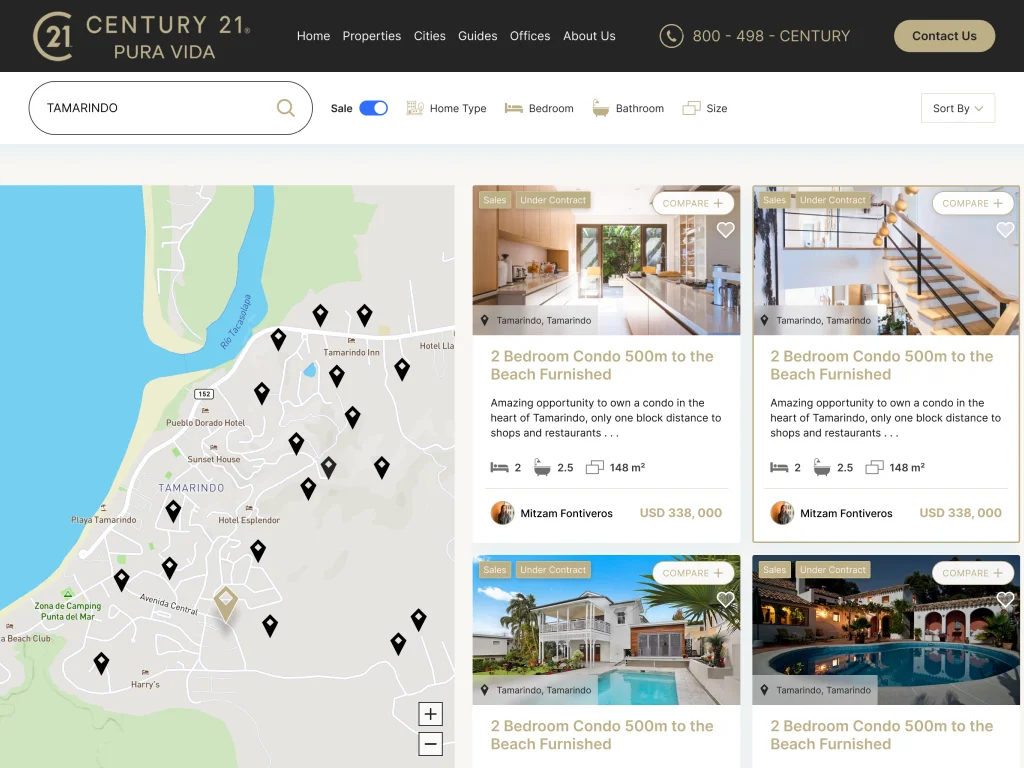

Attract more business
with results-driven,
Premium web design
The Philippine Web Design Market Right Now
Nearly every business in the Philippines is small or medium-sized, and they're all scrambling to get online. This has created a huge market for web design that's both affordable and decent quality. I've worked with local companies and international clients, and this rush has made designers step up their game while keeping prices competitive.
You'll see everything from ₱8,000 ($140) for basic template tweaks to ₱300,000+ ($5,400) for complex custom sites. But most professional work costs between ₱15,000-₱150,000 ($270-$2,700). The trick is understanding why some cost more than others.
Realistic Pricing Breakdown by Project Type
Let me share what different types of projects actually cost, based on real market data from working in this industry:
Budget-Level Template Work: ₱10,000 - ₱30,000 ($180 - $540)
This price range typically represents template-based solutions from platforms like Fiverr or basic WordPress implementations: - Pre-built themes with minimal customization
- Limited design flexibility and originality
- Standard functionality without strategic planning
- Often using page builders or template systems
- Basic mobile responsiveness (not true mobile-first design)
Professional Custom Websites: ₱75,000 - ₱150,000 ($1,350 - $2,700)
This tier represents genuine custom design work from experienced professionals: - Fully custom design created from scratch in Figma
- Strategic brand positioning and user experience planning
- Modern development using advanced frameworks (not WordPress/Wix)
- Mobile-first responsive design with attention to performance
- Advanced SEO optimization and conversion strategy
- Custom content management systems
- Comprehensive testing and optimization
However, even this level often uses common platforms and may lack the sophisticated technical implementation that truly sets brands apart.
E-commerce Websites: ₱50,000 - ₱120,000 ($900 - $2,160)
Online stores require significantly more technical complexity: - Product catalog management (typically 50-200 products initially)
- Shopping cart and checkout functionality
- Payment gateway integration (PayPal, credit cards, GCash for local market)
- Inventory tracking and order management
- Customer account portals and order history
- SSL certificates and security implementations
- Mobile-optimized purchasing flows
The pricing variation here often depends on payment gateway complexity and inventory management requirements. Local payment methods like GCash integration can add ₱10,000-15,000 to base costs.
Premium Bespoke Design & Development: ₱84,000 - ₱220,000+ ($1,500 - $4,000+)
- Strategic research phase including competitive analysis and user behavior study
- Modern fullstack development using cutting-edge frameworks like SvelteKit, Next.js, or similar
- Custom backend architecture tailored to specific industry needs
- High-performance optimization achieving perfect Lighthouse scores
- Advanced interactivity and motion design that creates memorable experiences
- Custom CMS solutions built specifically for the client's workflow
- Comprehensive SEO strategy integrated from the design phase
What sets this tier apart: While 95% of Filipino web design companies rely on WordPress, Wix, Squarespace, or Webflow, premium designers use modern fullstack frameworks that enable truly sophisticated designs and functionality. This approach allows for unlimited creative freedom and technical innovation that template-based solutions simply cannot achieve.
A Case Study in Premium Philippine Web Design:
Having worked in this space for over 15 years, I've positioned my practice specifically in this premium tier. My approach differs significantly from the typical market offering: - Bespoke Design Process: Every project begins with comprehensive research and strategy, followed by custom design creation in Figma with advanced prototyping
- Modern Development Stack: I use SvelteKit and other cutting-edge frameworks instead of conventional CMS platforms, enabling designs that would be impossible with traditional tools
- Industry-Specific Customization: Custom backend development tailored to each client's industry needs, from real estate listing systems to wellness center booking platforms
- Performance Excellence: Consistent achievement of perfect Lighthouse scores through custom optimization techniques
- Strategic Integration: SEO, conversion optimization, and brand strategy built into the foundation rather than added as afterthoughts
This level of service typically ranges from ₱84,000-₱220,000 ($1,500-$4,000), reflecting the intensive research, custom design work, and sophisticated technical implementation involved. While this represents a significant investment compared to template-based solutions, the results speak for themselves in terms of brand differentiation and business performance.
Enterprise & Complex Applications: ₱220,000+ ($4,000+)
Large-scale projects requiring extensive custom development: - Multi-platform applications with complex user workflows
- Advanced database architectures and system integrations
- Custom API development and third-party integrations
- Enterprise security and compliance requirements
- Scalable infrastructure planning and implementation
Regional Pricing Differences: Location Matters More Than You Think
Having worked with designers across the Philippines, location significantly impacts pricing due to operational costs and market positioning:
Metro Manila: Premium Pricing Zone
Expect 20-30% above national averages
Manila agencies command higher rates due to: - Higher operational costs (rent, salaries, overhead)
- Access to top-tier talent and international client experience
- Established relationships with premium brands
- Market perception of Manila as the "premium" choice
Realistic Manila pricing:
- Basic sites: ₱15,000 - ₱40,000
- Professional sites: ₱40,000 - ₱95,000
- E-commerce: ₱65,000 - ₱150,000
The premium is often justified by experience with complex projects and international client management, but not always necessary for straightforward business websites.
Cebu City: The Value Sweet Spot
Around national average rates
Cebu offers excellent quality-to-price ratios: - Strong technical infrastructure without Manila premiums
- Skilled developer pools with competitive rates
- Growing reputation as an outsourcing destination
- Less ego-driven pricing than Manila market
Typical Cebu pricing:
- Basic sites: ₱10,000 - ₱30,000
- Professional sites: ₱30,000 - ₱75,000
- E-commerce: ₱50,000 - ₱120,000
From my observations, Cebu-based agencies often provide the best value for mid-tier projects.
Davao and Provincial Areas: Budget-Friendly Excellence
15-25% below national averages
Don't mistake provincial for amateur – some excellent designers work outside major cities: - Lower overhead costs translate to better client rates
- More personalized attention and flexible service
- Hunger to prove themselves often results in exceptional work
- Growing talent pools with modern skills
Provincial pricing ranges:
- Basic sites: ₱8,000 - ₱25,000
- Professional sites: ₱25,000 - ₱60,000
- E-commerce: ₱40,000 - ₱95,000
Premium web design quality
without the premium price tag,
delivered by Filipino expertise
Payment Structures and Negotiation Reality
Understanding standard payment terms helps in project planning and cash flow management:
The Standard 50/50 Split
Most established designers expect: 50% upfront payment:
- Secures your project slot in their schedule
- Covers initial design and development phases
- Demonstrates serious commitment to the project
- Generally non-negotiable with quality providers
50% upon completion:
- Before final files and access are provided
- After you've tested and approved everything
- Includes basic training on content management
- Activates warranty and support period
Alternative Payment Options
Some designers offer flexibility for larger projects: - Milestone-based payments: 30/40/30 or similar splits
- Monthly retainers: For projects extending 3+ months
- Performance bonuses: Additional payments for exceeding goals
The key is discussing payment terms before starting work. Changes after handshake agreements create awkward situations.
What Drives Price Variations Between Providers
Having worked across different service levels, here's what actually affects pricing:
Experience and Skill Level
Junior designers (1-3 years): 30-40% below market rates
- Still developing skills and building portfolios
- Often work under supervision or mentorship
- Good for straightforward projects with clear requirements
- May require more hand-holding during the process
Senior designers (5+ years): Premium rates
- Independent problem-solving capabilities
- Portfolio of successful projects across industries
- Ability to provide strategic guidance beyond just implementation
- Worth the investment for complex or high-stakes projects
Project Complexity Reality Check
Template-based customizations: Lower costs because: - Starting with proven frameworks
- Limited custom development required
- Faster turnaround times
- Lower risk of technical complications
Fully custom solutions: Higher costs due to: - Unique design and development requirements
- Extended testing and refinement phases
- Higher risk of scope changes and complications
- Greater time investment in planning and execution
Timeline Impact on Pricing
Rush jobs (under 3 weeks): Expect 25-50% premiums
- Require shifting other projects or working overtime
- Higher stress and coordination demands
- Less time for thorough testing and refinement
Standard timelines (6-10 weeks): Base pricing
- Allows proper planning and quality execution
- Time for client feedback integration
- Reasonable testing and optimization phases
Return on Investment: What to Expect
Let me share realistic ROI expectations based on projects I've observed:
Small Business Websites
Investment: ₱15,000 - ₱45,000 Potential returns:
- Increased inquiries: ₱5,000 - ₱15,000 monthly (with basic SEO)
- Online bookings/orders: ₱10,000 - ₱30,000 monthly (with active promotion)
- Credibility boost: Difficult to quantify but essential in today's market
Realistic timeline: 3-6 months to break even, assuming active marketing efforts.
E-commerce Investments
Investment: ₱60,000 - ₱120,000 Potential returns:
- Direct online sales: ₱25,000 - ₱100,000 monthly (highly variable)
- Operational cost savings: ₱5,000 - ₱15,000 monthly
- Market expansion opportunities: Potentially significant long-term
Realistic timeline: 4-8 months to break even, depending on product market fit and marketing investment.
The key word is "potential" – websites don't automatically generate business. Success requires ongoing marketing, content creation, and customer service efforts.
Choosing the Right Service Level for Your Budget
Startup/Bootstrap Budget: ₱10,000 - ₱25,000
Best for:
- New businesses testing market viability
- Service companies with local customer bases
- Businesses needing basic credibility establishment
Focus on these essentials:
- Mobile-responsive design (87% of Philippine traffic is mobile)
- Basic SEO for local discovery
- Clear contact information and location
- Professional appearance that builds trust
Growth Investment: ₱25,000 - ₱75,000
Best for:
- Established businesses ready to expand online presence
- Companies competing for quality-conscious customers
- Businesses needing lead generation systems
Invest in these features:
- Strategic content and conversion optimization
- Advanced SEO for competitive keywords
- Professional photography and branding integration
- Analytics and performance tracking systems
Premium/Enterprise: ₱75,000+
Best for:
- Large companies with complex requirements
- Businesses needing custom functionality
- Organizations requiring system integrations
Expect these capabilities:
- Custom application development
- Advanced security and user management
- Third-party system integrations
- Comprehensive ongoing support
Smart Strategies for Budget Optimization
Based on successful projects I've worked on, here are proven cost-saving approaches:
Maximize Value Without Compromising Quality
Define requirements clearly upfront: Scope changes mid-project are expensive. Invest time in detailed planning.
Prepare content in advance: The more organized you are with text, images, and requirements, the less time (and money) developers spend figuring things out.
Choose standard timelines: Rush premiums are significant. Plan projects around normal development schedules.
Consider phased development: Start with essential features, measure performance, then add enhancements. Often more cost-effective than building everything upfront.
Warning Signs to Avoid
Pricing red flags:
- Quotes significantly below market rates (often indicate inexperience or planned upselling)
- Demands for 100% payment before starting work
- Vague proposals without detailed deliverables
- No clear maintenance or support terms
Quality concerns:
- No portfolio of recent, professional work
- Inability to provide client references
- Poor communication during sales process
- Promises that sound too good to be true
Market Trends Affecting Pricing
Several trends are influencing current pricing structures:
Increasing Demand for Performance
Google's Core Web Vitals and mobile-first indexing mean technical excellence costs more but provides better results. Expect to pay premiums for proper optimization.
AI Tool Integration
Some designers are reducing costs by using AI for initial concepts and content, but human expertise remains essential for strategy and quality control.
Specialization Premiums
Designers with proven expertise in specific industries (medical, legal, e-commerce) command higher rates but often deliver better results.
Making Your Final Decision
When evaluating proposals, consider:
Value Indicators
- Portfolio showing diversity and quality
- Client testimonials with specific results
- Clear communication and professional processes
- Transparent pricing with detailed inclusions
- Realistic timelines and honest capability assessments
Total Cost of Ownership
- Initial development investment
- Ongoing hosting and maintenance costs
- Content creation and update expenses
- Future enhancement and scaling costs
- Training and support requirements
Partnership Potential
- Availability for ongoing relationship
- Additional services that might be needed later
- Communication style and cultural fit
- Growth support capabilities
- Industry expertise and strategic insight
Conclusion
The Philippine web design market offers genuine value for businesses seeking professional online presence without Western premium pricing. With proper research and realistic expectations, you can achieve excellent results that drive business growth.
Key takeaways from my industry experience: - Expect total costs 20-30% higher than initial quotes due to hidden expenses
- Location significantly affects pricing, but not always value
- Clear communication and detailed requirements prevent cost overruns
- ROI typically appears within 3-6 months for well-executed projects
- Long-term success requires ongoing investment in maintenance and updates
Whether you're a startup needing basic online presence or an established business requiring sophisticated functionality, the Philippine market provides options across all service levels. The key is matching your real needs with appropriate service tiers while maintaining realistic expectations about costs and outcomes.
Success in web design investment comes from thorough planning, clear communication, and understanding that the lowest price rarely provides the best value. Focus on finding partners who understand your business goals and can deliver solutions that grow with your needs.
Frequently Asked Questions
-
The cost difference varies significantly by service level. Budget template work ($180-$540) exists mainly on platforms like Fiverr and represents basic solutions. Professional custom work ranges ₱75,000-₱150,000 ($1,350-$2,700), while premium bespoke design and development runs ₱84,000-₱220,000 ($1,500-$4,000+). Compared to equivalent Western services, you'll save 60-75% while potentially accessing more advanced technical capabilities, as many Philippine premium designers use modern fullstack frameworks rather than conventional CMS platforms.
-
Pricing variations reflect several factors: experience level (junior vs senior designers can differ by 40%), location (Manila charges 20-30% more than provincial areas), project complexity (custom work vs template modifications), and service inclusions (some quotes exclude hosting, maintenance, or content creation). Always compare total project costs, not just design fees, to understand real value.
-
Plan for domain registration (₱800-2,000 annually), web hosting (₱1,200-6,000 annually), SSL certificates (often free now), content creation if needed (₱5,000-25,000), and ongoing maintenance (₱1,500-8,000 monthly). These additional costs can add 20-30% to your base quote, so factor them into your total budget from the start.
-
Standard practice is 50% upfront and 50% upon completion, which protects both parties. Some designers offer milestone-based payments (30/40/30) for larger projects or monthly retainers for extended timelines. Avoid anyone demanding 100% upfront payment. Payment methods include PayPal, wire transfers, and sometimes credit cards (which may incur processing fees).
-
Yes, when working with established professionals. Many Filipino designers have served international clients for years and understand global business standards. The key is proper vetting – review portfolios, speak with previous clients, and assess communication skills during initial consultations. The Philippines' role as a global outsourcing hub has developed mature quality standards across the industry.
-
Based on current market standards: basic business sites require 4-6 weeks, professional websites need 6-10 weeks, e-commerce platforms take 8-12 weeks, and custom applications extend 12-16+ weeks. Filipino designers generally meet deadlines, but factor in local holidays (Christmas season starts in September, Holy Week, etc.) when planning launch dates.
-
Manila commands premium pricing due to higher operational costs and market positioning – expect 20-30% above national averages. Cebu offers competitive rates around national standards with excellent quality. Provincial areas provide the best value at 15-25% below average rates, though with potentially less experience on complex international projects. Choose based on your project requirements and budget priorities.
-
Define all requirements clearly before starting, prepare content and materials in advance, avoid scope changes mid-project, choose realistic timelines over rush delivery, and establish clear change request procedures with associated costs. Most budget overruns result from unclear initial specifications or scope creep rather than intentional upselling by designers.
-
Based on projects I've observed, small business websites (₱15,000-45,000 investment) typically break even within 3-6 months through increased inquiries and credibility. E-commerce sites (₱60,000-120,000 investment) can break even in 4-8 months with proper marketing. However, websites don't automatically generate business – success requires ongoing marketing efforts and customer service excellence.
-
Filipino designers have developed particular strengths in luxury and premium brands, tourism and hospitality, real estate, medical and wellness, and professional services. This reflects the local market's needs and international client base. Whether you're seeking a Filipino web designer or exploring options for website development in the Philippines, look for portfolio experience in your specific industry rather than just general web design skills.